Scroll for prep
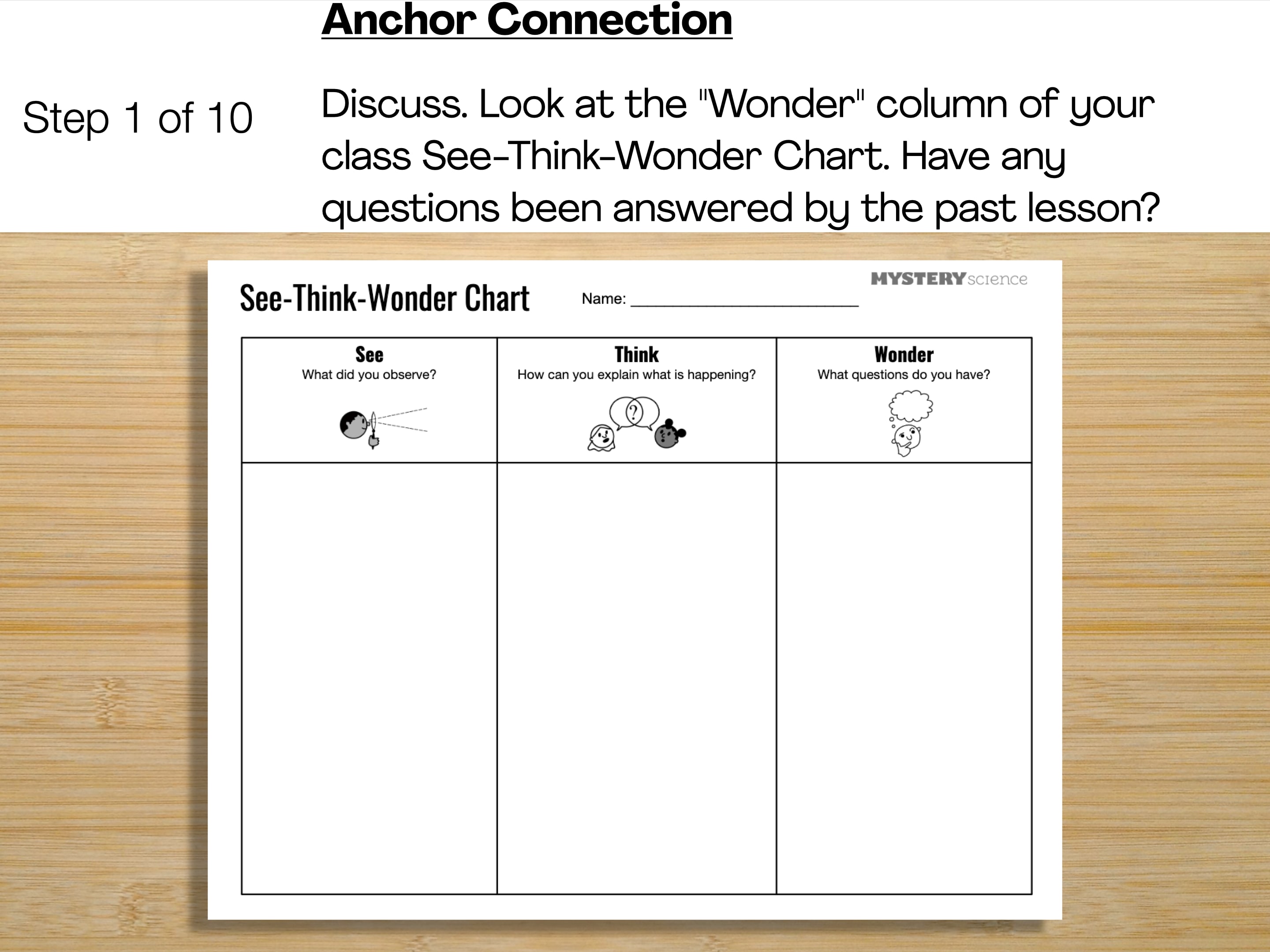
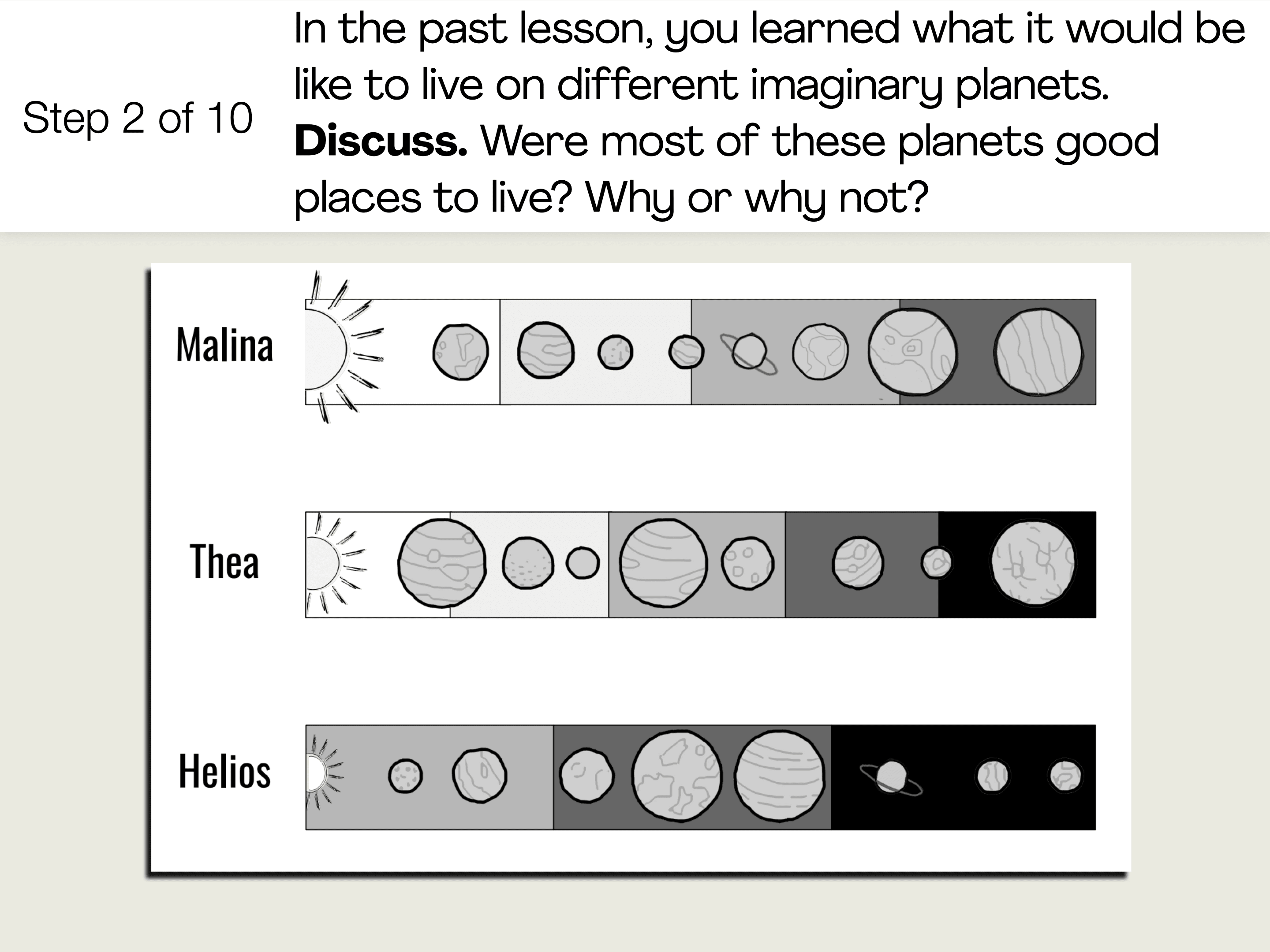
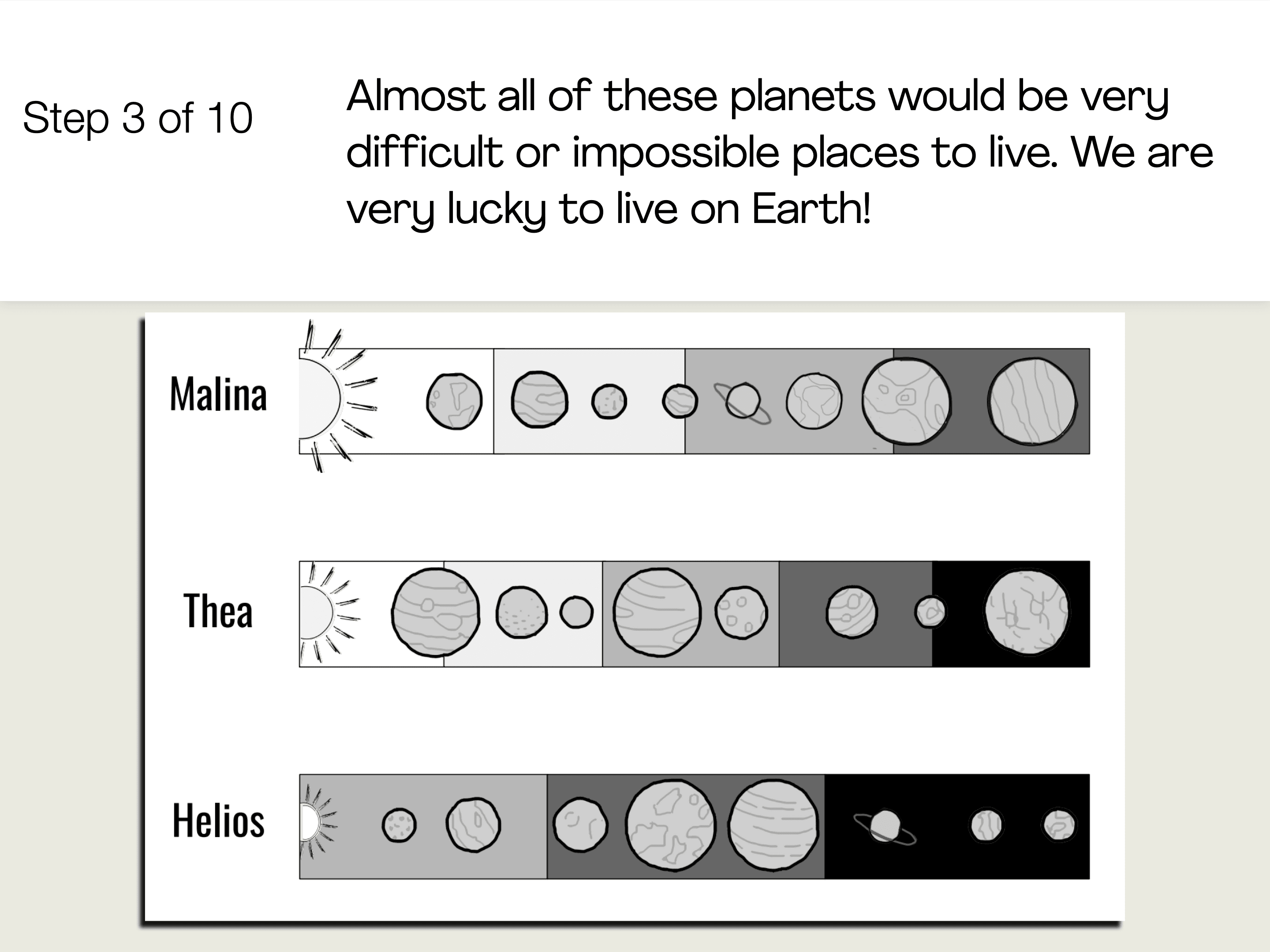



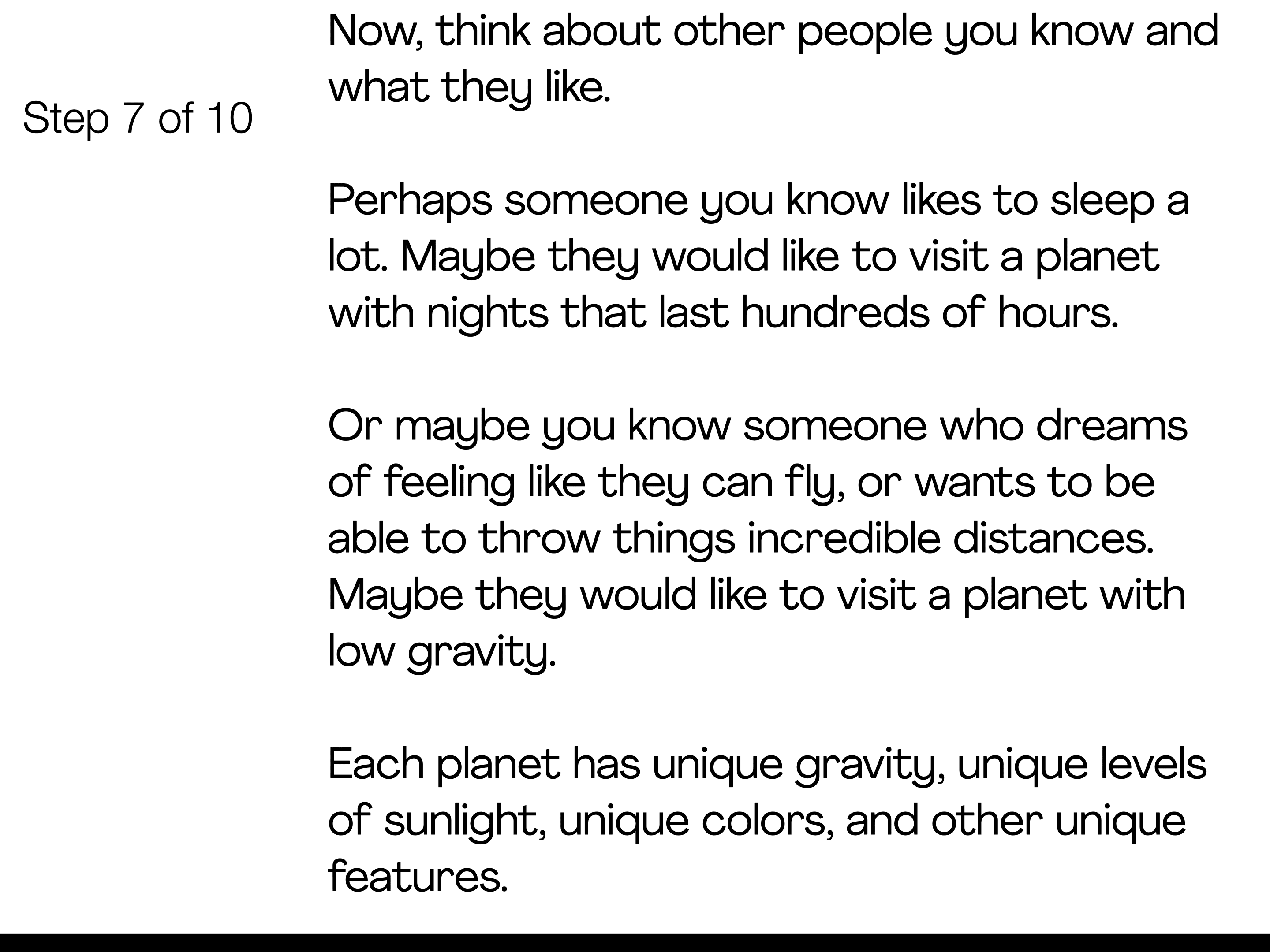
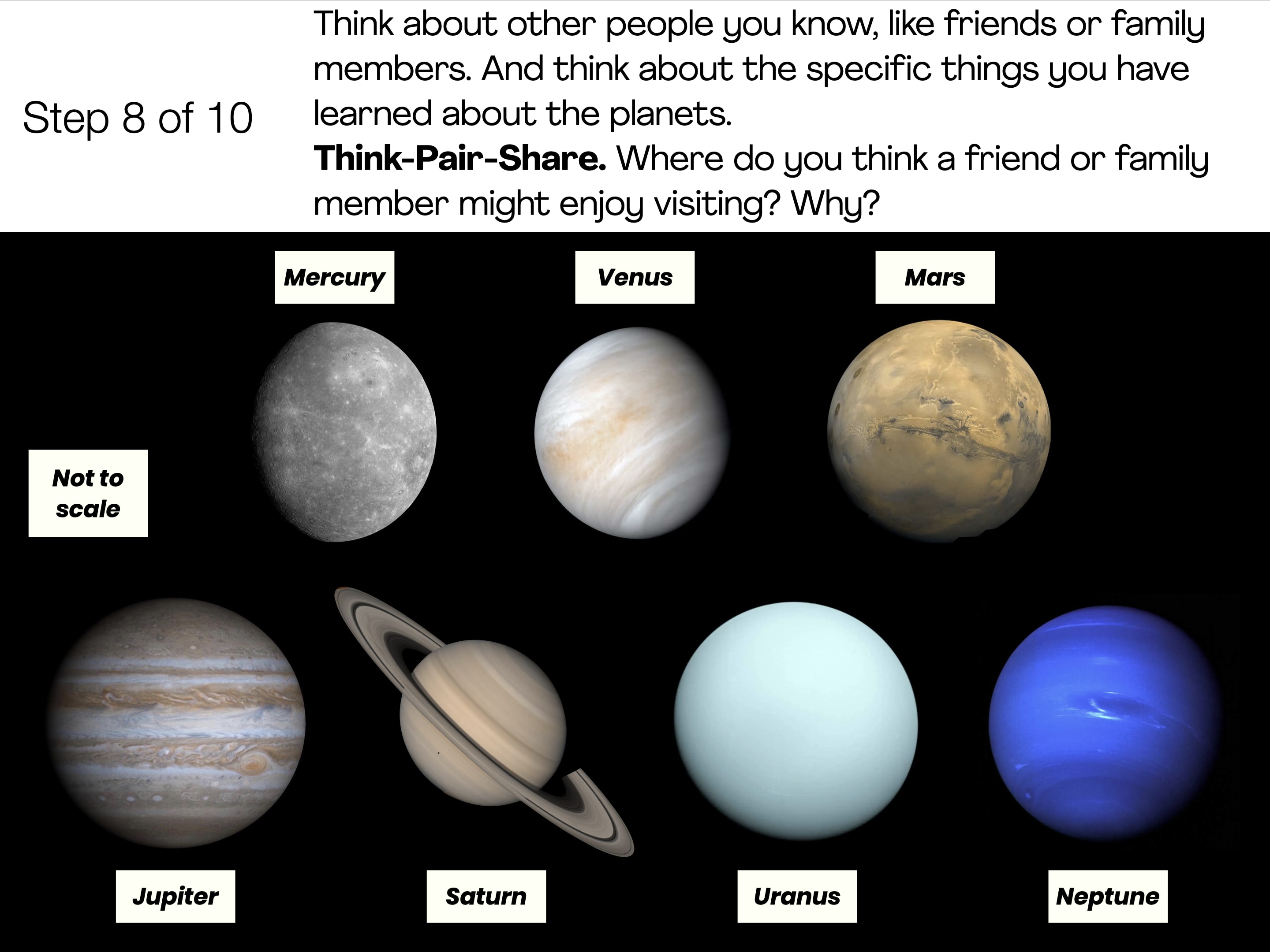

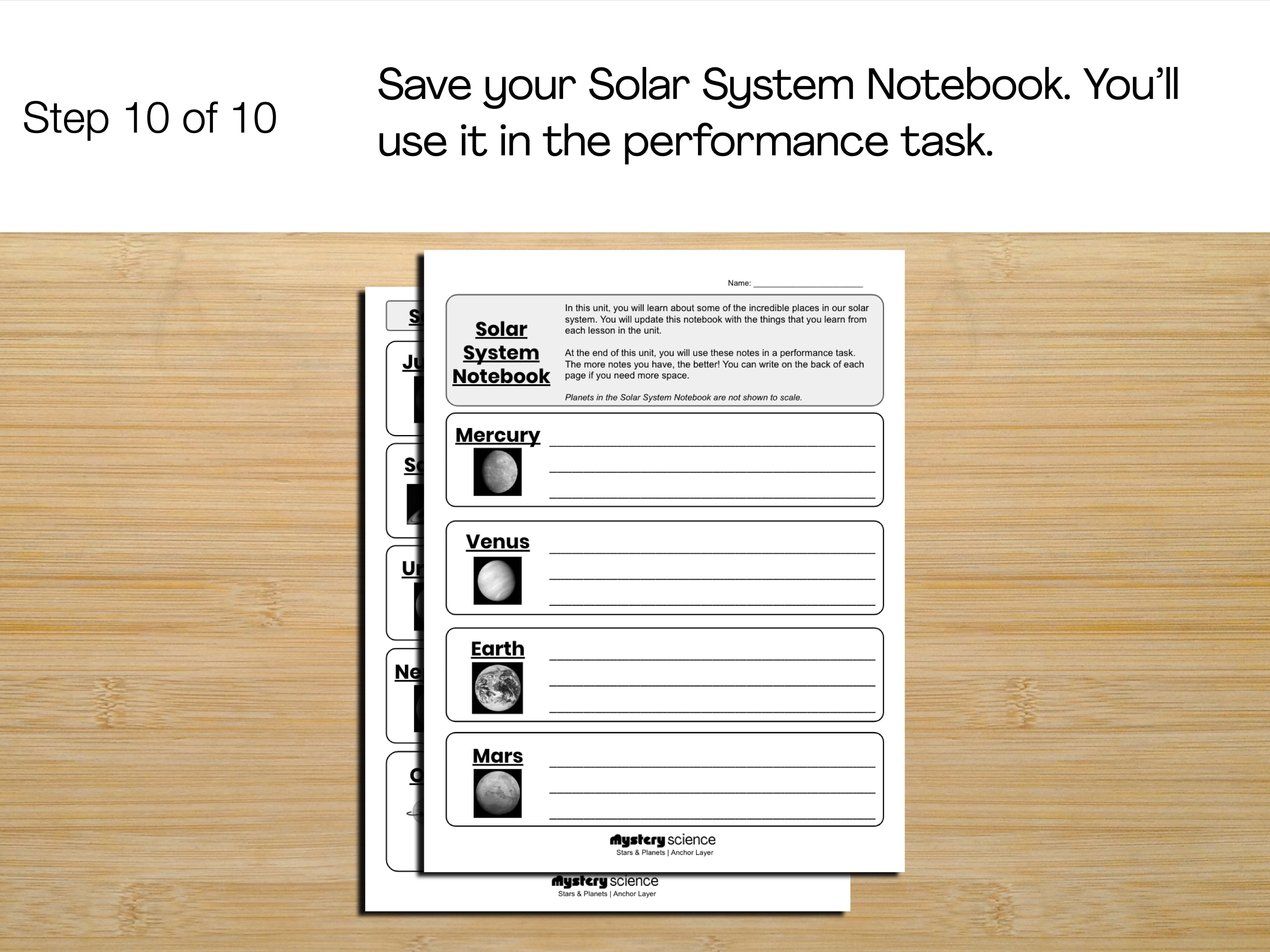

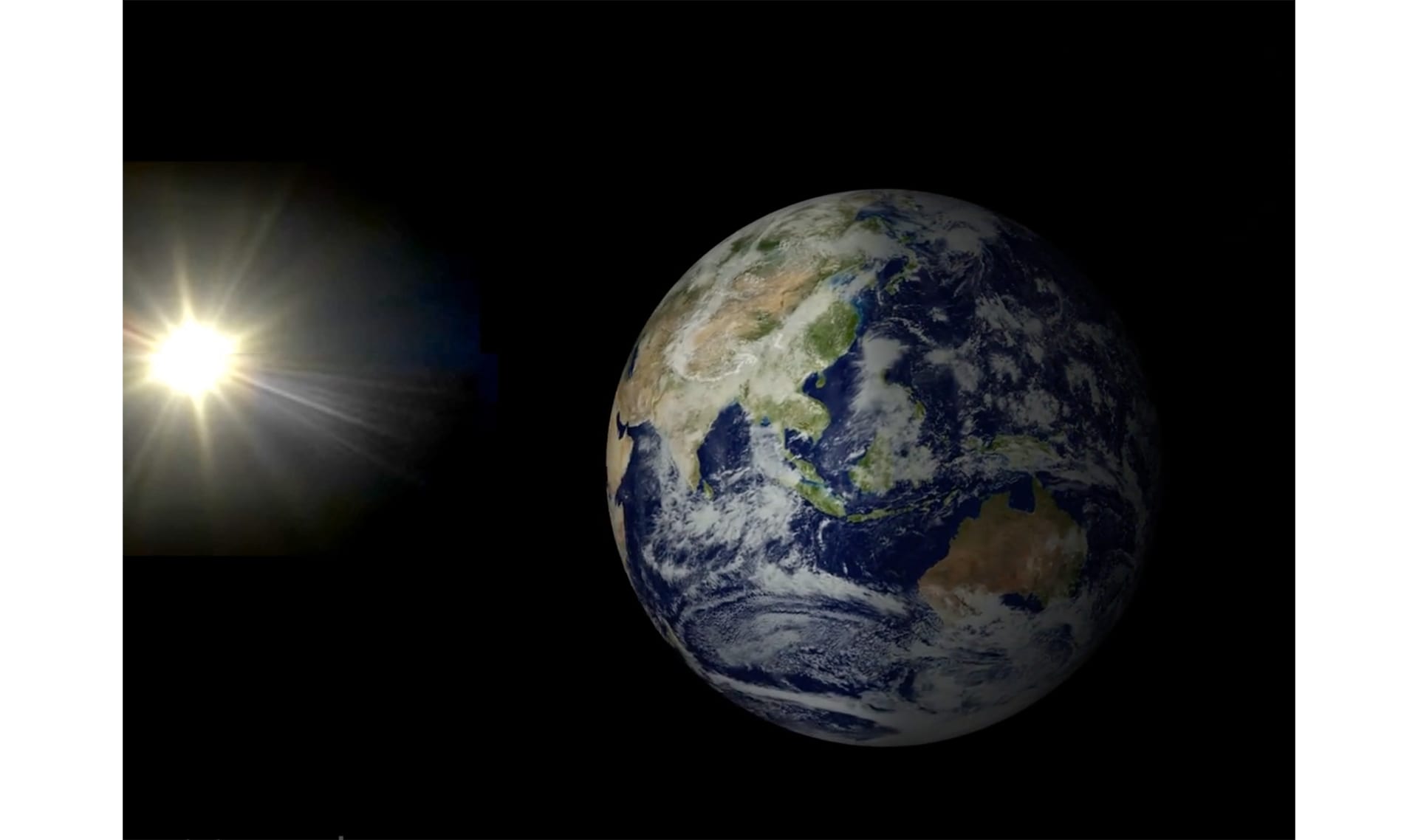
planet
1 of 11
a large, round object in outer space that orbits a star

Please wait…
This video is having trouble loading. You may have lost your Internet connection.
Step 1: Click to Reload this page
Step 2: Click to
Try our other video player
Step 3: Contact your teacher if trouble persists.
Or,
dismiss this message.
solar system
2 of 11
all the planets and other objects that orbit around a star
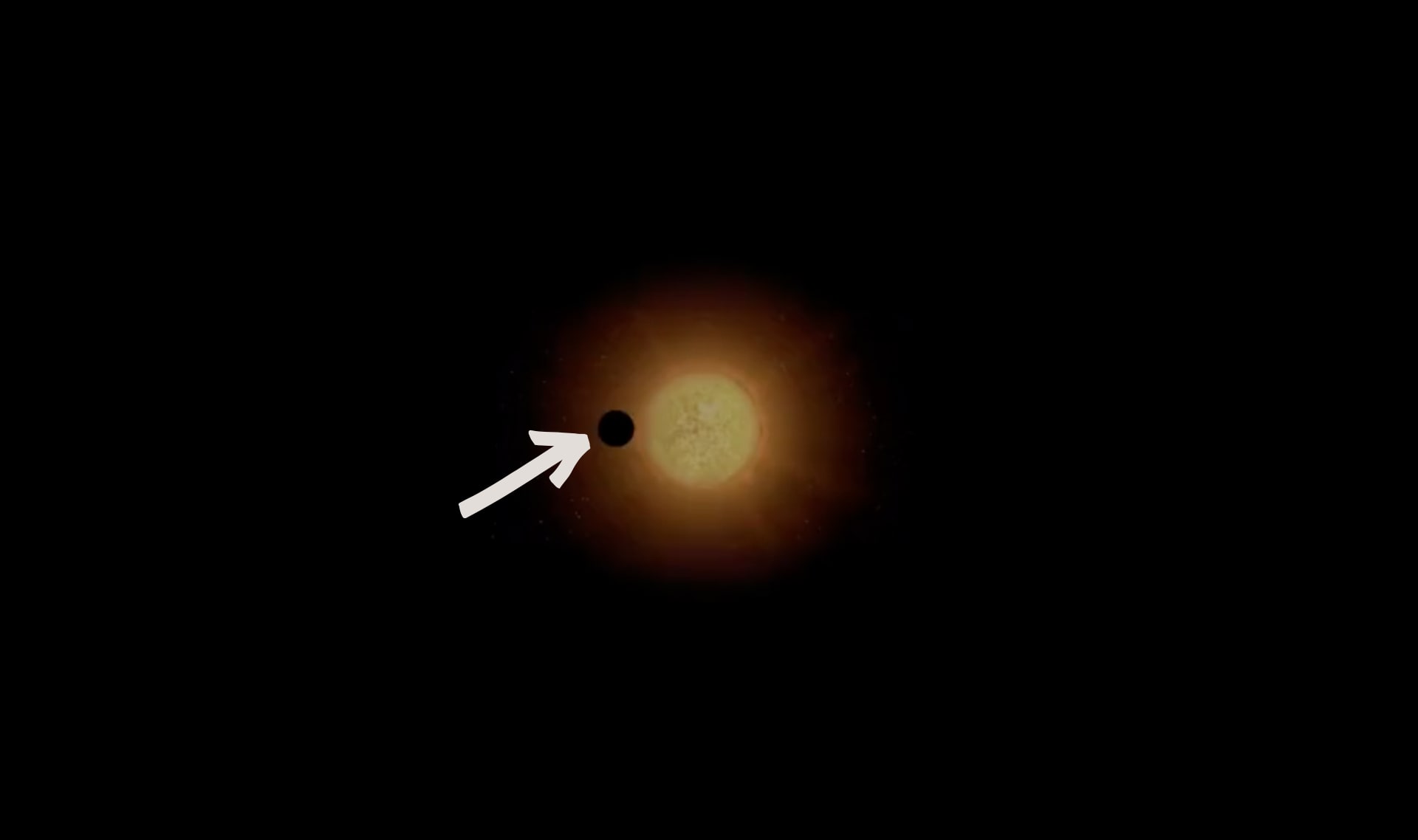
exoplanet
3 of 11
a planet that orbits a star outside of our solar system
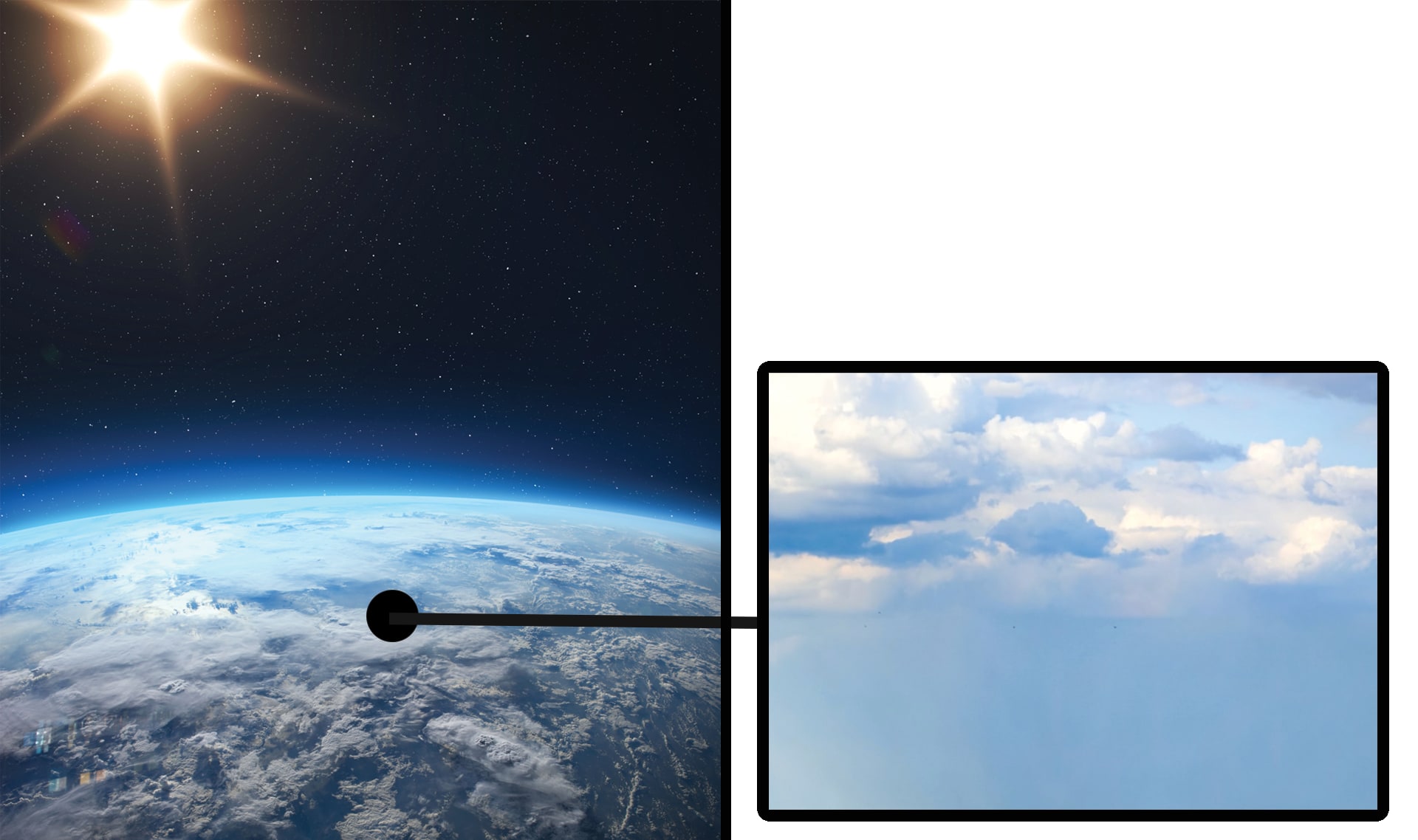
atmosphere
4 of 11
the air that surrounds a planet

Please wait…
This video is having trouble loading. You may have lost your Internet connection.
Step 1: Click to Reload this page
Step 2: Click to
Try our other video player
Step 3: Contact your teacher if trouble persists.
Or,
dismiss this message.
carbon dioxide
5 of 11
a type of gas that plants sometimes take in and that animals release when they breathe
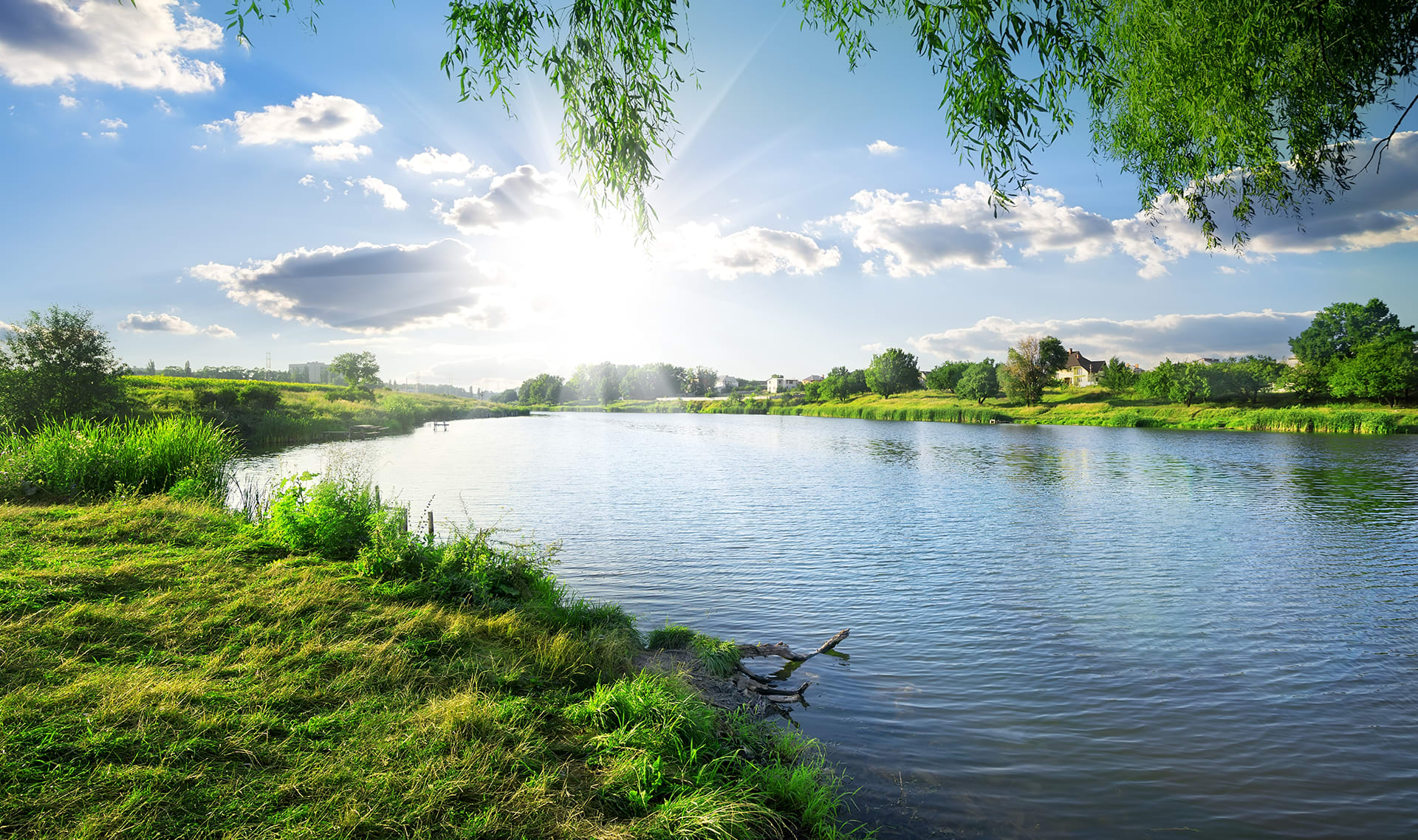
habitable
6 of 11
a place with conditions where a living thing can survive
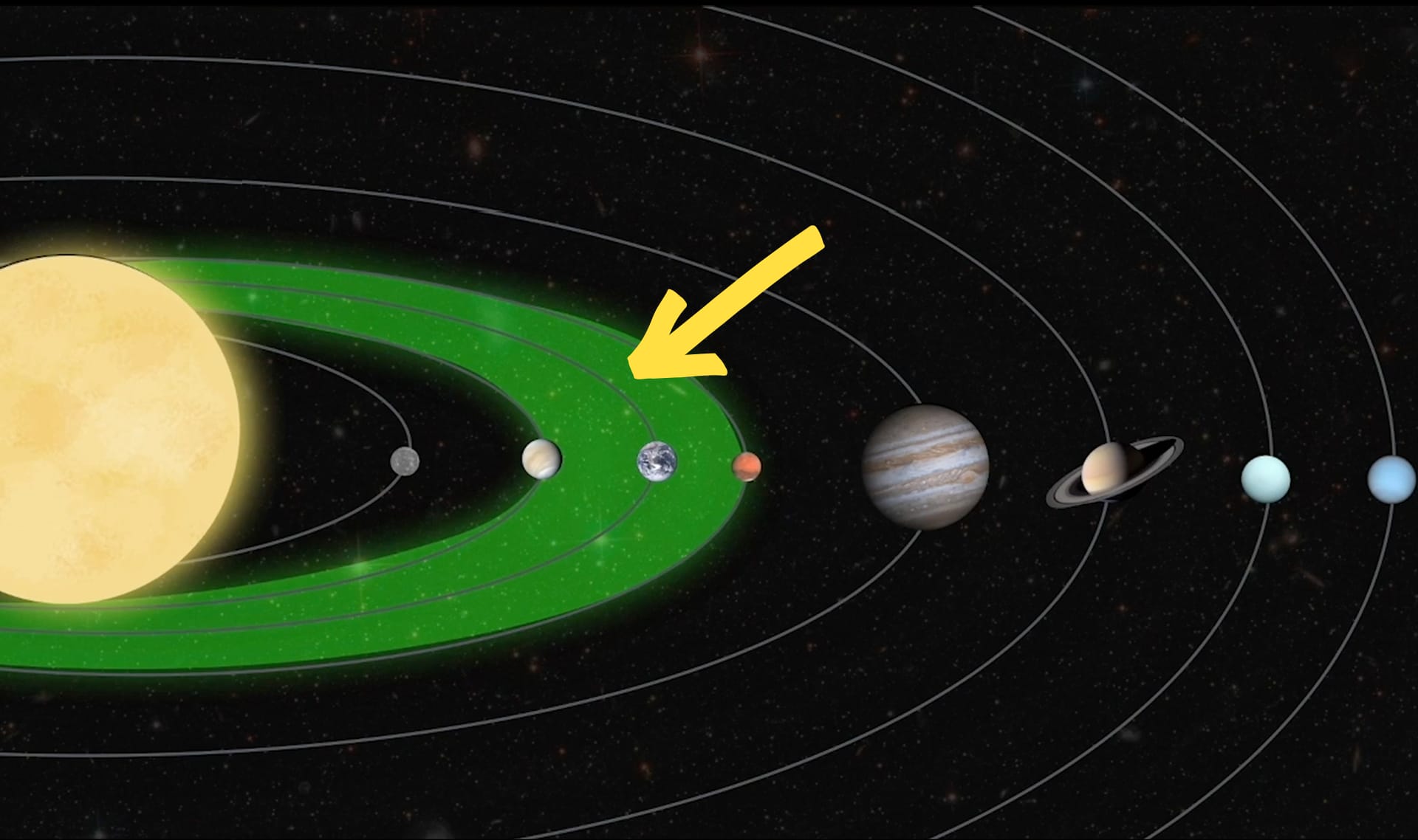
Goldilocks Zone
7 of 11
the area around a star that is not too hot or too cold for liquid water to exist

astronomer
8 of 11
a scientist who studies outer space

telescope
9 of 11
a tool used to make very distant objects look closer, often used to look at outer space
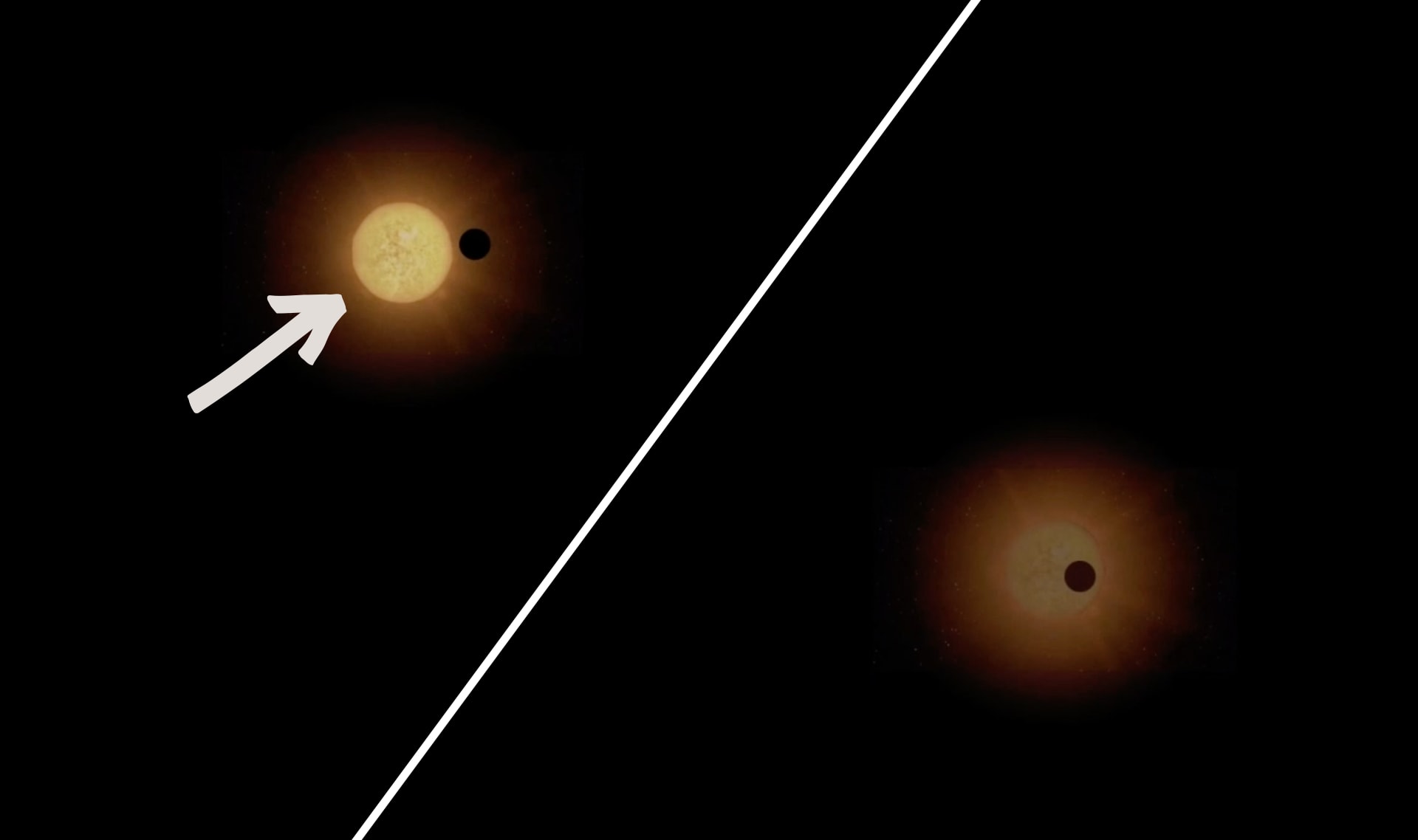
bright
10 of 11
describes when there is a lot of visible light; the opposite of dim
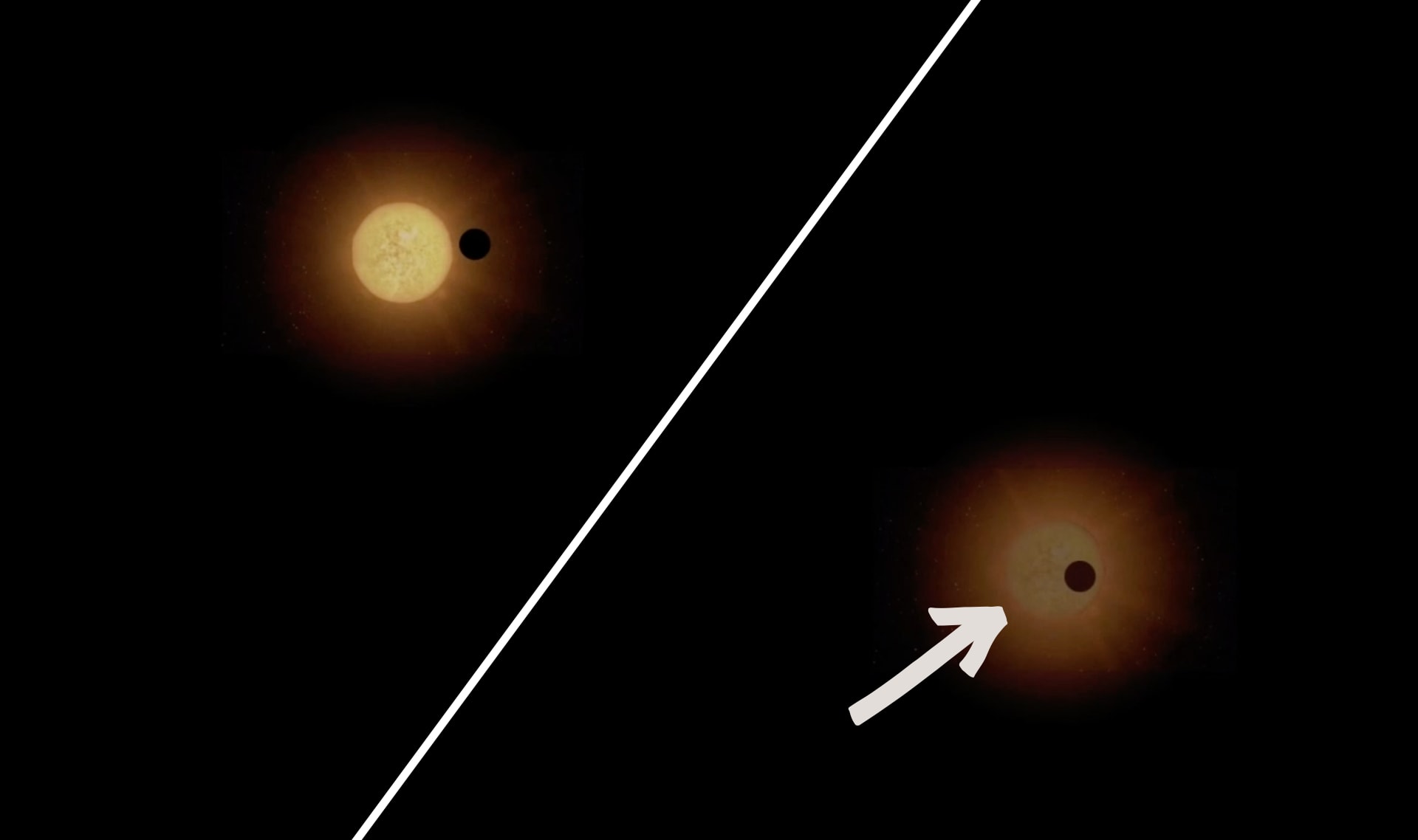
dim
11 of 11
describes when there is not a lot of visible light; the opposite of bright



